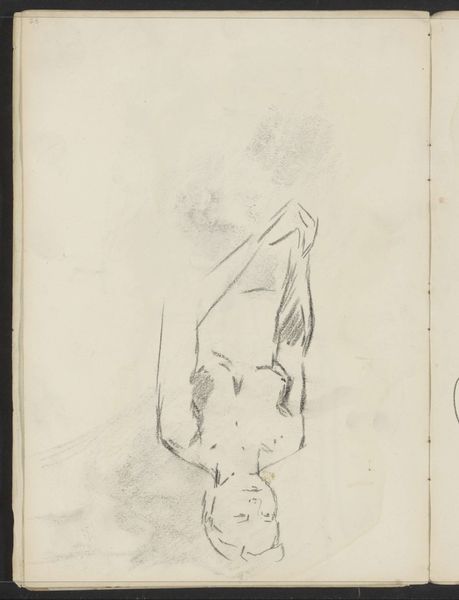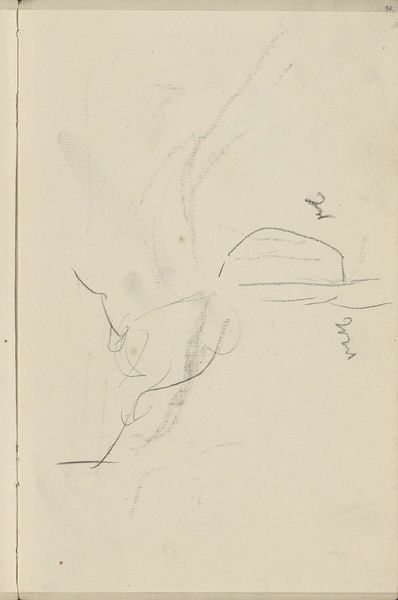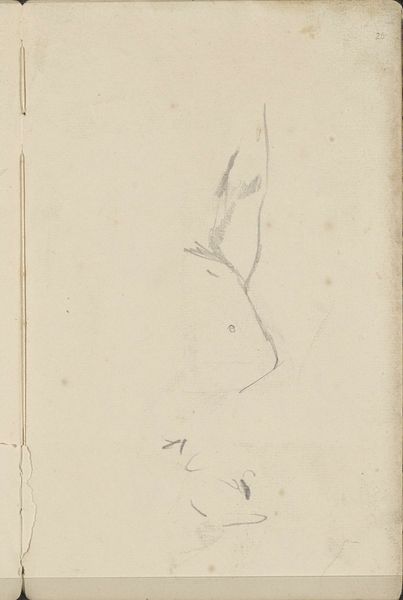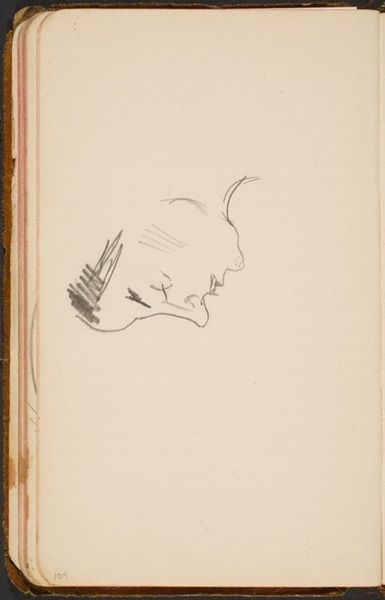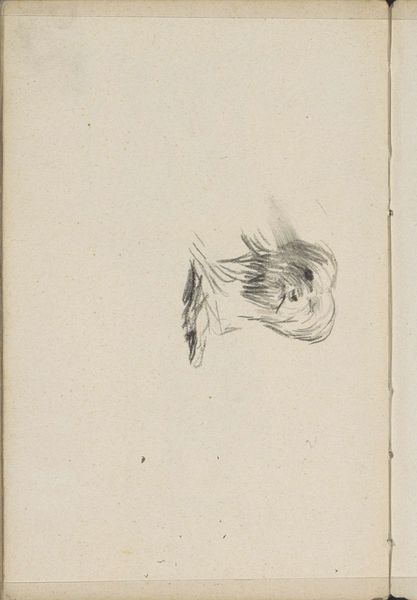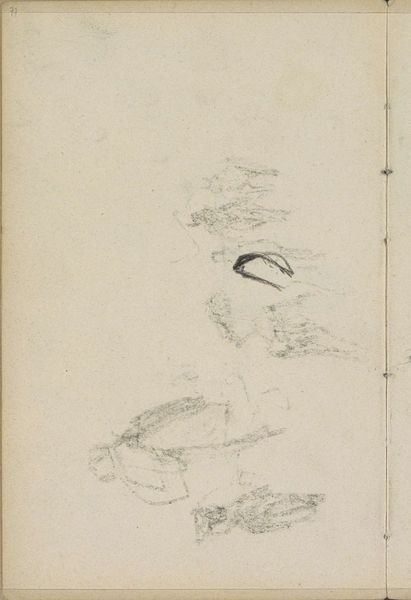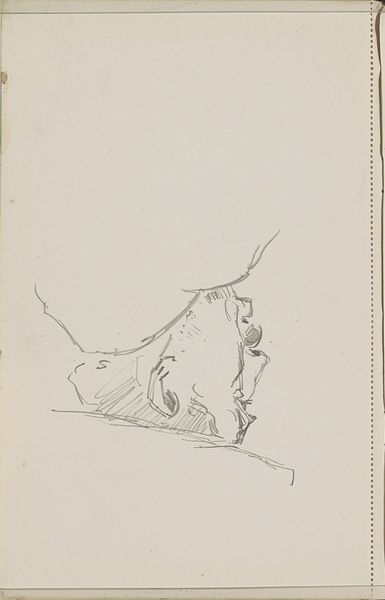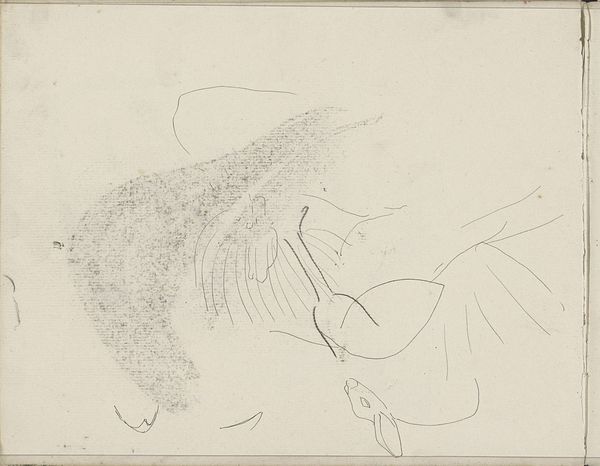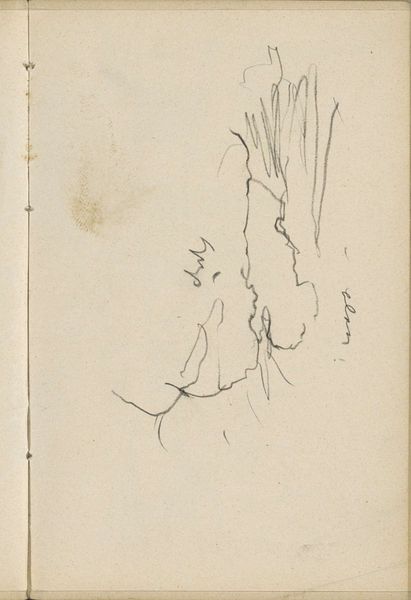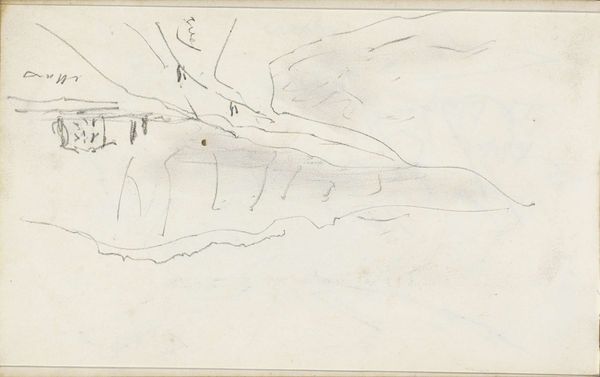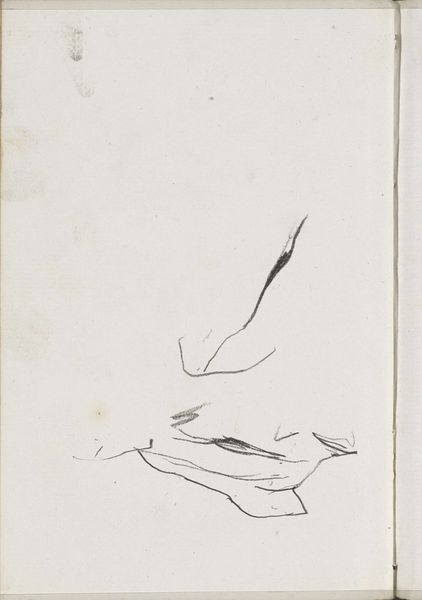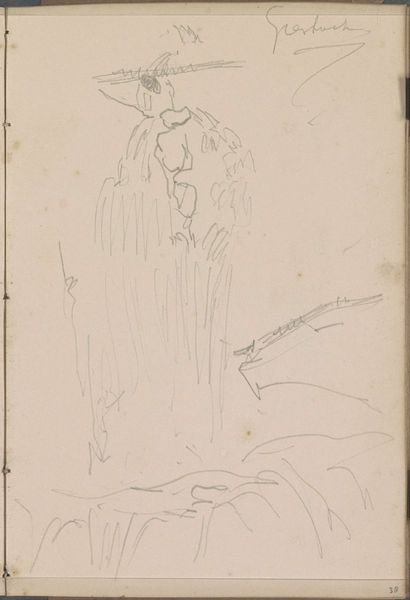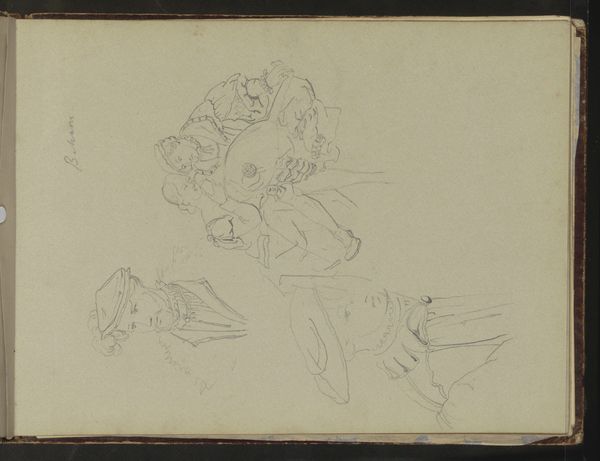
drawing, paper, ink, pen
#
portrait
#
drawing
#
imaginative character sketch
#
toned paper
#
quirky sketch
#
animal
#
pen sketch
#
paper
#
form
#
personal sketchbook
#
ink
#
ink drawing experimentation
#
pen-ink sketch
#
line
#
sketchbook drawing
#
pen
#
watercolour illustration
#
sketchbook art
#
realism
Copyright: Rijks Museum: Open Domain
Curator: Here we have a piece called "Kop en poten van een papegaai," or "Head and paws of a parrot," by Carel Adolph Lion Cachet, dating from around 1890. Editor: Wow, that’s lively. Looks like something scribbled quickly in a sketchbook. It's like the artist was chasing a thought. The unfinished lines, the different perspectives... gives the impression of fleeting movement. Curator: Absolutely, and that's partially intentional. Cachet likely made this in preparation for a more complete study or painting. You see these sketches quite frequently, particularly in academic art circles during the period. It's about understanding form, gesture...breaking down the animal into its constituent parts, you might say. Editor: But it feels like more than just anatomy. There's a quirky charm. Almost as if the parrot is giving us the side-eye. And look at those claws, rendered with such elegant ferocity! They could definitely give you a nip. You get the sense that this isn't just about observation, it’s about the personality he perceived in the bird. Curator: Interesting that you focus on personality, as there are clearly representational intentions at play in many animal studies of the era. Zoology was burgeoning at the time. But in the realm of art, yes, there were debates raging about imbuing animals with human-like traits as an artistic device. We know Cachet was aware of these discussions. Editor: So he's inserting himself into a bigger cultural debate even through a humble drawing like this? That gives the piece added weight. I’d say he really succeeds, making something more memorable than your average scientific illustration. I’ll bet many found inspiration in this and his other quick drawings and illustrations. Curator: Indeed. These sketchbooks often functioned as a kind of public display for other artists, to further promote trends or personal philosophical insights through aesthetics. And the Rijksmuseum is pleased to exhibit a fine example today! Editor: Well, I’m off to find a parrot—to study its personality. Curator: Do be careful of its paws!
Comments
No comments
Be the first to comment and join the conversation on the ultimate creative platform.
